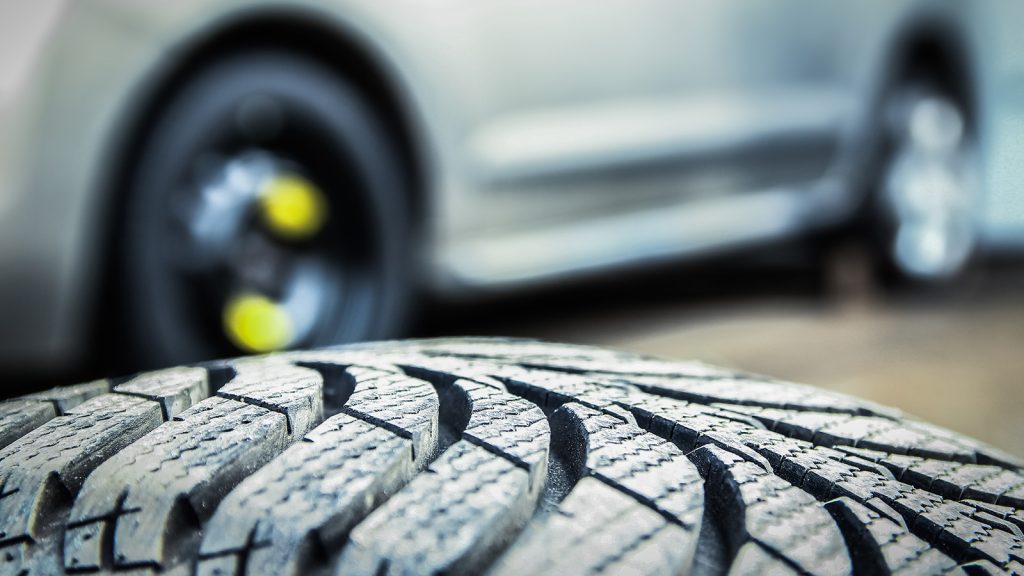Tips for Safe and Effective Tire Fitting

Proper tire fitting is crucial for maintaining your vehicle’s performance, safety, and longevity. Whether you are replacing worn-out tires or installing new ones, following essential guidelines for safe and effective installation is imperative.
Seek Professional Assistance
While some car enthusiasts may opt for DIY tire installation, it is strongly recommended to seek professional assistance from certified technicians. Trained experts possess the necessary knowledge, experience, and specialized tools to ensure accurate fitting. Their expertise guarantees that the tires are:
- mounted,
- balanced,
- and aligned properly.
Inspect and Prepare the Wheels
Before installing new tires, carefully inspect the wheels for any damage or signs of wear. Ensure that the wheel rims are clean and free from debris, rust, or any other substances that could hinder proper installation. Additionally, inspect the valve stems for any damage or leaks. If any issues are identified, address them before proceeding with the fitting process to maintain optimal performance and prevent future complications.
Choose the Correct Tire Size and Type
Selecting the correct tire size and type for your vehicle is crucial for safe and effective fitting. Refer to your vehicle’s manufacturer specifications or consult with a professional to determine:
- the appropriate size,
- load rating,
- and speed rating.
Additionally, consider the type of tires suitable for your driving conditions, whether it’s all-season, winter, or performance tires. Choosing the right tires ensures:
- proper fitment,
- enhances handling,
- and maximizes safety.

Maintain Proper Tire Pressure
Maintaining proper tire pressure is essential for optimal performance, fuel efficiency, and longevity. Before installing new tires, ensure that the existing or new valve stems and TPMS (Tire Pressure Monitoring System) sensors are in good condition. After installation, check the tire pressure and inflate them to the recommended level. Regularly monitor tire pressure and adjust as needed to promote even wear and consistent performance.
Proper Torque and Wheel Nut Tightening
Correct wheel nut tightening is critical to prevent wheel detachment and accidents caused by loose wheels. It is crucial to follow the manufacturer’s recommended torque specifications when tightening the wheel nuts. Use a torque wrench to apply the appropriate amount of force evenly across all wheel nuts. Avoid over-tightening, as it can damage the studs or threads, and under-tightening, as it may result in loose wheels.
Balance and Alignment
Balancing and alignment play vital roles in ensuring a smooth and stable ride while maximizing tire life. After tire installation, have the wheels balanced by a professional using specialized equipment. Balancing redistributes weight evenly around the wheel and minimizes vibrations. Additionally, consider having the wheel alignment checked and adjusted if necessary.
